- Submitted on
- 2 comments
What can you find out about loyalists from grave markers? Continuing from our last post Research Finds in the Graveyard, Part 1 we will take a closer look at loyalist settlement era grave markers.
In early settler graveyards of the Maritimes, funerary marker art was influenced by (like other material culture) traditions carried from the American Colonies, while at the same time, denoting the appearance of new physical and social circumstances.
In the northeastern American colonies, grave markers were initially produced and exported mainly from New England. Much of the literature written on grave markers in North America focusses on New England settler graveyards, although some of this work is still applicable to other regions of the eastern continent since New England was so influential in carving traditions.
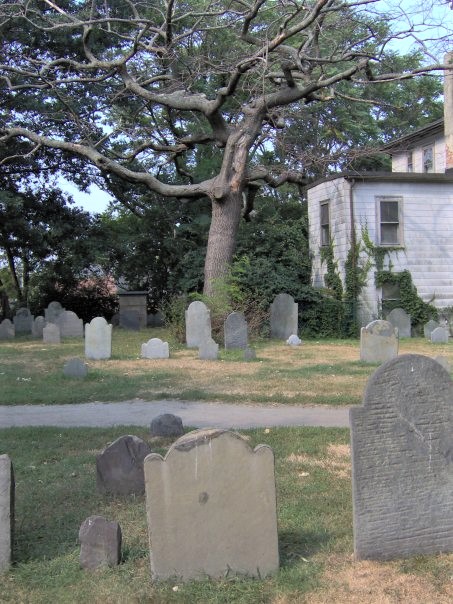
Grave marker output went down in the northeastern American colonies with the outbreak of the American Revolution, signifying the great economic and social upheaval caused by the war. Richard F. Welch writes, “One sign of stress suffered by the New York City gravestone cutting community during the Revolution is the type of markers which were erected during this period.” Many marker carvers, both loyalists and patriots, had to relocate. Examples of stone makers from the period are poorly made, demonstrating the disruption caused by the Revolution. At the conclusion of the Revolution, trades such as stone carving were resumed, and more stone cutters were working than ever before in the American colonies. Pertaining to the Maritimes, W.P. Kerr states in History Etched in Stone: Gravestone Art and the Garrison Graveyard, “By the outbreak of the American Revolution, rural Nova Scotia had moved beyond the survival level, and was producing items for local use, which may well have included carved gravestones. Local gravestone carving may have been further encouraged by the fact that the importation of gravestones from New England had virtually stopped following the Revolution . . .” Although some carving traditions were brought to the Maritime colonies by loyalists, the period would have also encouraged the creation of a localized tradition of carving.
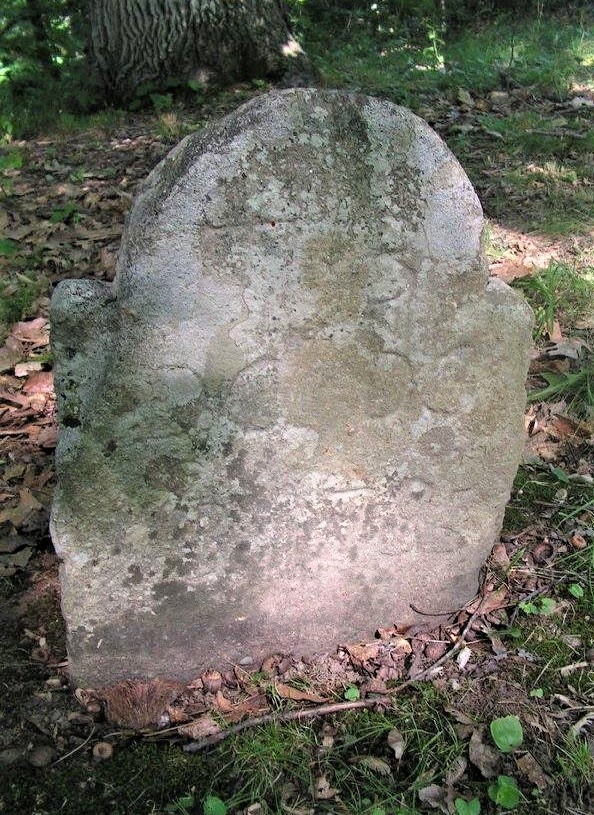
In pre-loyalist Nova Scotia, head stones in the “death’s head” style were imported from New England. Many loyalists in the Maritime colonies post-Revolution still had parents, grandparents, and siblings in the United States and retained socio-economic connections.
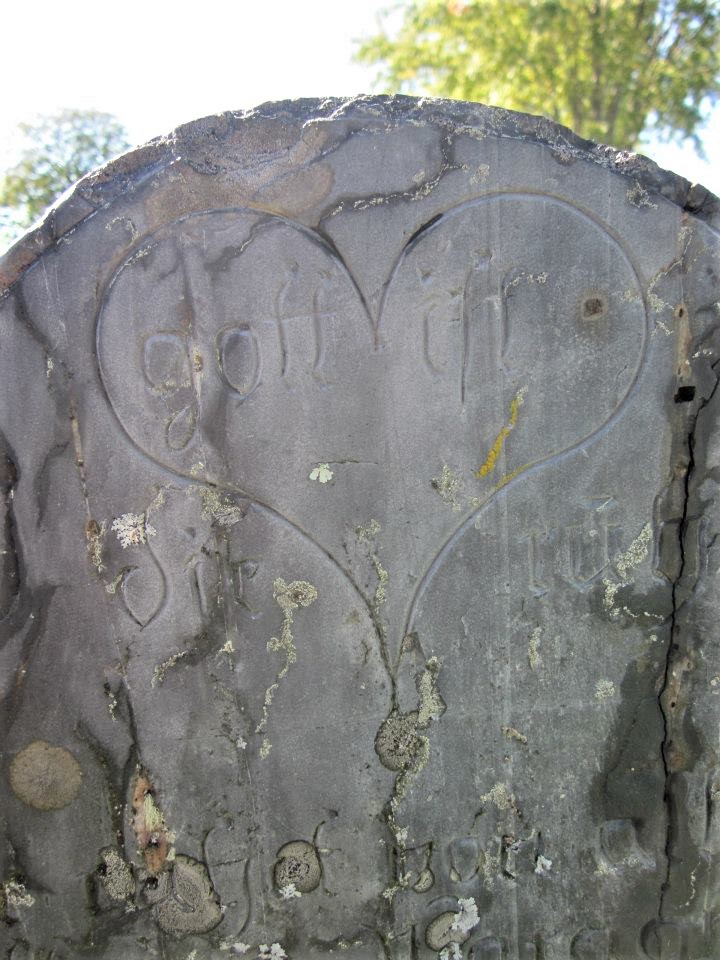
Cemetery Parks
By the second half of the nineteenth century, the rural cemetery park movement had become a popular way on the Eastern Seaboard to house the dead. As opposed to crowded, urban churchyards, planned, rural park cemeteries (the word coming from the Latin for “sleeping place”) were seen as natural and healthy, peaceful places created for beauty and contemplation, all of which tied in with the Neo-Classical ideals popularized in the century. Mount Auburn, outside Boston, is credited as the first planned cemetery in North America. Camp Hill Cemetery in Halifax, Nova Scotia would be another example.
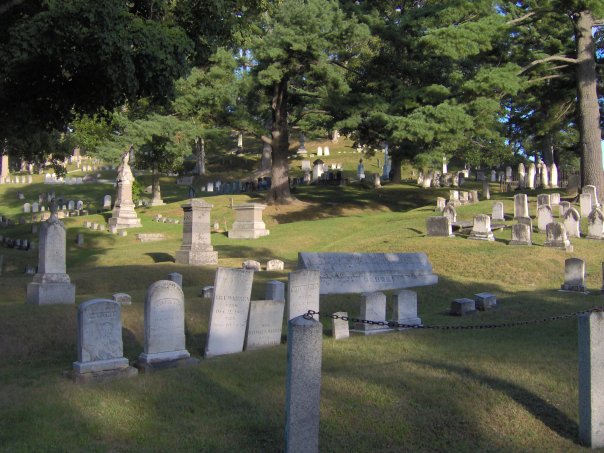
Websites & Resources
Findagrave.com is the premier website in North America for locating grave markers. In places you cannot travel, or if you need to find a marker locally, the site is very searchable at both the level of all cemeteries in the database as well as particular burial grounds. Volunteer members add images and transcribe text from grave markers and may add additional biographical information. As with other crowd-sourced historical sites, you need to verify that the information provided is correct, but it can provide leads in many cases. You may even remotely put in a request for a local member to photograph a specific marker if one does not exist. When researching immigrants, such as loyalists, it is possible to locate family members who remained in the United States and sometimes determine the original community and religion of the loyalist.
Other useful sites for researching settler cemeteries and grave markers in the Maritimes:
Spade and the Grave: Death and Burial Through an Archaeological Lens blog by expert on burial grounds and markers, Robyn S. Lacy.
American Gravestone Evolution from Atlas Preservation
Association for Gravestone Studies
From the City of Boston, Iconography of Gravestones at Burying Grounds which outlines basic iconography found on early New England grave markers.
On the Provincial Archives of New Brunswick website: CFB Gagetown Cemeteries and New Brunswick Cemeteries
Cemetery Records at Nova Scotia Archives
Loyalist Cemeteries & Gravestones of Nova Scotia by Brian McConnell
Exploring the Garrison Graveyard by Mappannapolis, Annapolis Royal, Nova Scotia, also featuring work on the Acadian burial ground on the site.
Graveyards and Cemeteries in the News
Locations of burials can be places of political and ethical contention. Burial grounds within the Maritime Provinces have frequented public discussions in recent years:
Halifax, Nova Scotia downtown burial grounds
Thousands of people are buried under downtown Halifax. What are they owed?
Poor House Burying Ground & Grafton Park
Kingsclear Kilburn Community Cemetery, New Brunswick
Descendant of early Black New Brunswickers wants apology for ‘desecration’ of graves
Kings Landing, Prince William, New Brunswick
Maugerville family wants ancestors’ headstones back after finding them in an unlikely place
Former curator gives explanation for relocated headstones
The Old Loyalist Burial Ground Fredericton
Headstones in Fredericton’s Old Burial Ground to be refurbished
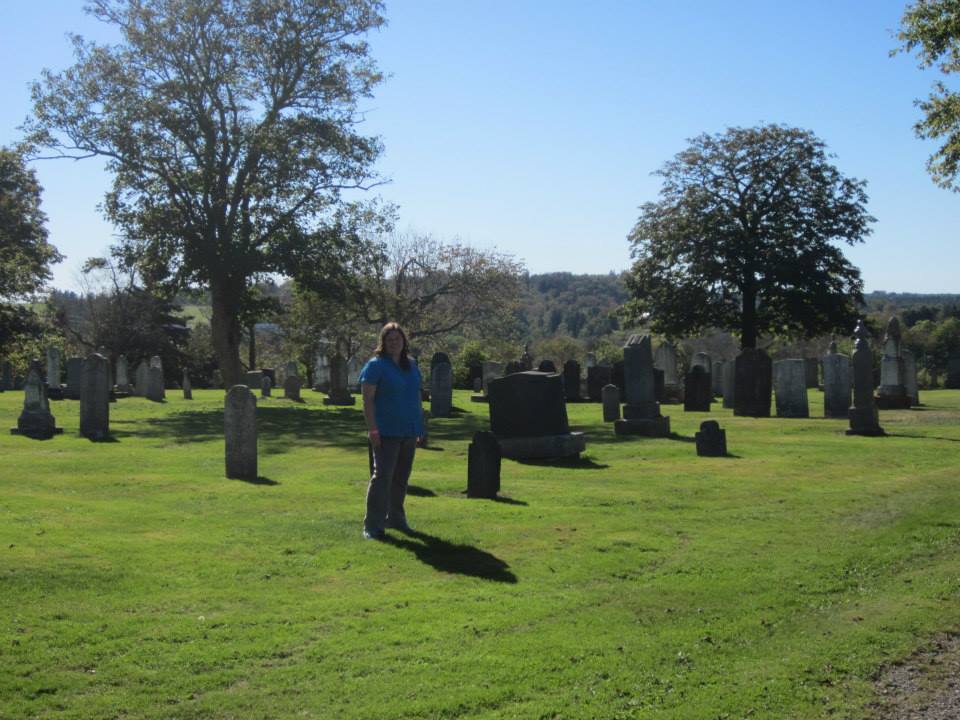
Thanks to my family who have detoured to historical graveyards on vacations!
Do take time to (respectfully) explore a burial ground. It can provide a tangible connection to your historical research!
Leah Grandy holds a PhD in History and works as a Special Collections Assistant at UNB Libraries.
Select Bibliography
Peter Benes, ed., Puritan Gravestone Art (The Dublin Seminar for New England Folklife Annual Proceedings, 1976).
______________. The Masks of Orthodoxy: Folk Gravestone Carving in Plymouth County, Masschusetts, 1689-1805, (Amherst, Mass.: University of Massachusetts Press, 1977).
Diana Williams Combs, Early Gravestone Art in Georgia and South Carolina (London: The University of Georgia Press, 1986).
Nicholas J. Evans and Angela McCarthy, eds., Death in the Diaspora: British and Irish Gravestones (Edinburgh: Edinburgh University Press, 2020).
Jessie Lie Farber, “Early American Gravestones: Introduction to the Farber Gravestone Collection,” American Antiquarian Society (2003).
W.P. Kerr, History Etched in Stone: Gravestone Art and the Garrison Graveyard (Kingston, Ontario: Canadian Defence Academy Press, 2011).
Vincent F. Luti, “Eighteenth Century Gravestone Carvers of the Upper Narragansett Basin: Gabriel Allen,” Markers, volume 2 (2003).
Richard E. Meyer, Cemeteries and Gravemarkers : Voices of American Culture (Logan, Utah: Utah State University Press, 1992.)
Gerald L. Pocius, Newfoundland Gravestones (Newfoundland Historical Society St. John’s Newfoundland, 1978).
Daniel M. Shimabuku and Gary F. Hall, St. Paul’s Cemetery (Occasional Papers in Anthropology, No. 10, Halifax, Nova Scotia: Department of Anthropology, Saint Mary’s University, 1981).
David J. Stewart, The Sea their Graves: An Archaeology of Death and Remembrance in Maritime Culture (Gainesville, University Press of Florida, 2011).
Deborah Trask, Life How Short Eternity How Long: Gravestone Carving and Carvers in Nova Scotia (Halifax, Nova Scotia: The Nova Scotia Museum, 1978).
Richard F. Veit and Mark Nonestied, New Jersey Cemeteries and Tombstones: History in the Landscape (New Brunswick, New Jersey: Rivergate Books, 2008).
Richard F. Welch, “The New York and New Jersey Gravestone Carving Tradition,” Markers, volume 4.

Comments Add comment
Great to see more people
Salt Springs Cemetery, Kings County, NB
Add new comment Comments